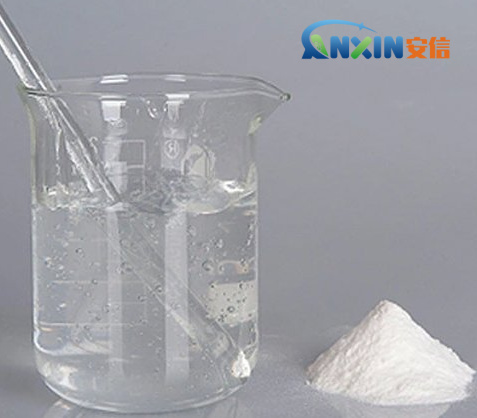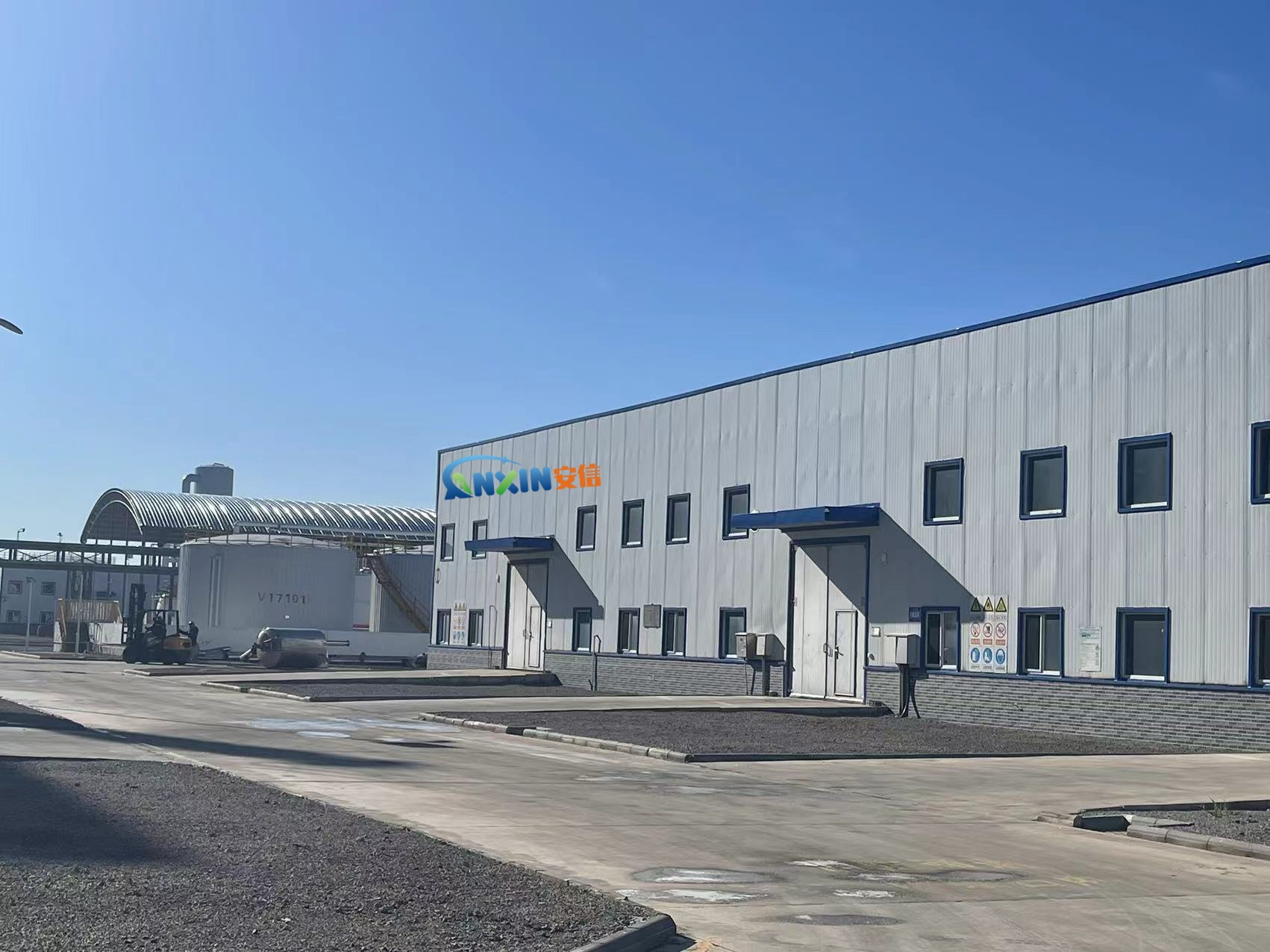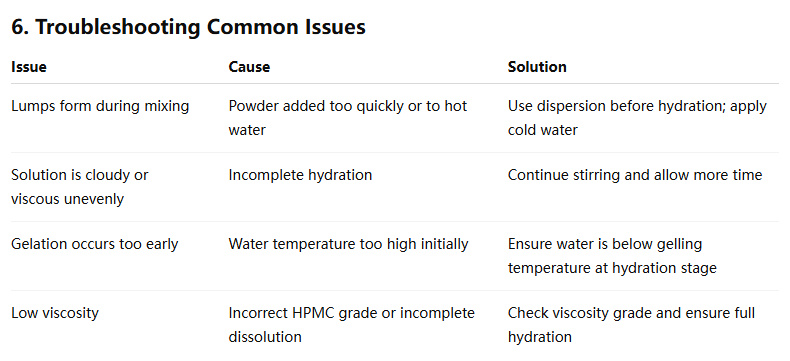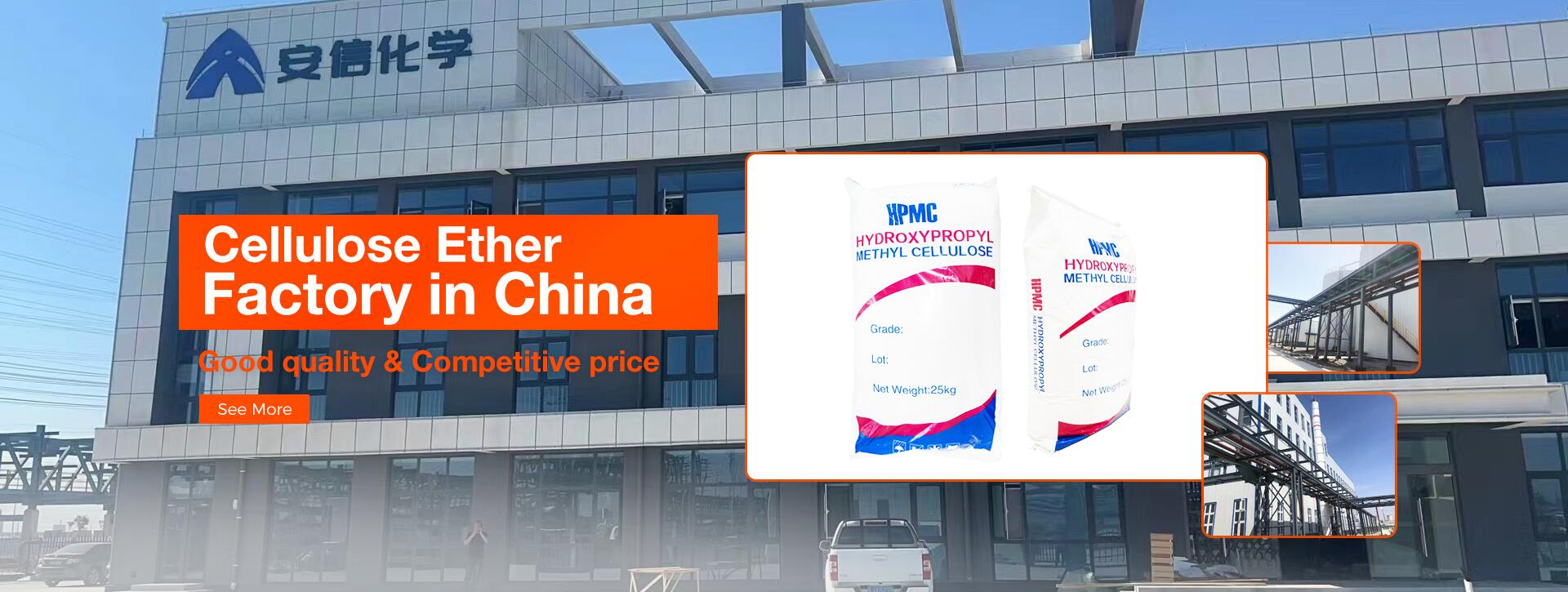Hydroxypropyl Methylcellulose (HPMC) is a non-ionic cellulose ether widely used in industries such as construction, pharmaceuticals, food, cosmetics, and coatings. It functions as a thickener, binder, film former, emulsifier, stabilizer, and water retention agent. Proper dissolution of HPMC is critical to ensure it performs its intended functions optimally in the final application. Due to its thermogelation property—becoming more viscous or forming a gel at higher temperatures—careful attention must be paid to the dissolution process.

1. Understanding the Properties of HPMC
To correctly dissolve HPMC, it is important to understand its basic properties:
Thermally reversible gelation: HPMC dissolves in cold water but not in hot water. At high temperatures (above 60–80°C depending on the type), it tends to swell and form gels or lumps.
Non-ionic nature: It does not react with salts or ionic compounds, making it stable in various formulations.
Hydrophilic and film-forming: It attracts water and creates a protective colloid around solid particles.
These properties dictate that HPMC should be handled in a specific way to avoid improper swelling or clumping.
2. General Principles of Dissolving HPMC
2.1. Avoiding Lumps
HPMC dissolves best when its particles are well-dispersed in water before hydration. If powder is added directly to cold water without dispersion, it tends to clump and form undissolved gel lumps.
2.2. Temperature Sensitivity
Since HPMC forms a gel in hot water but dissolves in cold, the dissolution often uses a two-stage method involving hot water dispersion followed by cold water hydration.
3. Common Dissolution Methods
There are several effective ways to dissolve HPMC depending on the application and available equipment:
Method 1: Hot Water Dispersion, Cold Water Dissolution (Two-Stage Method)
This is the most common and reliable method.
Steps:
Heat water to 70–90°C.
Disperse HPMC slowly and evenly into the hot water while stirring. The HPMC will initially float and then disperse into a white, suspended slurry. It will not dissolve at this stage.
Continue stirring for 5–10 minutes, ensuring even dispersion.
Add cold water (0–20°C) or allow the mixture to cool naturally to below 40°C.
Continue stirring. As the temperature drops, the HPMC begins to hydrate and dissolve, forming a clear or slightly opalescent solution.
This method prevents clumping and ensures uniform hydration.
Method 2: Dry Mixing with Other Powders
Used when HPMC is part of a dry mix formula (e.g., tile adhesives or cement-based mortars).
Steps:
Pre-mix HPMC powder thoroughly with other dry ingredients (e.g., cement, sand, or fillers).
When water is added on-site during application, HPMC gets evenly dispersed, and clumping is avoided.
Mix thoroughly to ensure hydration and dissolution as the dry mix is wetted.
This method is ideal for construction materials.
Method 3: Solvent Premixing (Alcohol or Glycol Carriers)
Used in special industrial settings.
Steps:
Premix HPMC powder with a solvent such as ethanol or propylene glycol.
Add this mixture to water.
Stir continuously. The HPMC disperses well and dissolves as the solvent diffuses.
This approach reduces the risk of clumping, especially in systems with limited mechanical agitation.

4. Practical Tips for Correct Dissolution
Use a high-shear mixer or stirrer: Mechanical agitation ensures uniform dispersion and reduces dissolution time.
Add gradually: Do not dump HPMC into water all at once—sprinkle it evenly.
Use cold or room-temperature water first, or use the hot-cold method as described above.
Pre-wet with a solvent in formulations where this is appropriate.
Soaking time: Some HPMC types require 30–60 minutes to fully hydrate.
5. Equipment Recommendations
Depending on your scale and application:
Small lab-scale mixing: Use magnetic stirrers or overhead mixers.
Industrial scale: Use ribbon mixers, high-speed dispersers, or emulsifiers.
Continuous processes: Inline high-shear mixers or jet mixers are efficient.

7. Application-Specific Considerations
Construction Materials
Pre-dispersion is usually done through dry blending with cement or gypsum.
Upon water addition, HPMC hydrates and imparts workability, water retention, and consistency.
Pharmaceuticals
In tablets or capsules, HPMC is often used as a binder or controlled-release agent.
Use pharmaceutical-grade HPMC and follow validated dissolution protocols.
Food and Cosmetics
Often dissolved using warm water below gelation temperature.
High-shear mixing helps prevent visible lumps in gels and emulsions.

8. Storage and Handling Recommendations
Keep HPMC dry and sealed: Moisture can cause partial hydration and clumping during storage.
Avoid high temperatures during storage to maintain product stability.
Use appropriate PPE when handling large quantities to avoid inhalation or skin irritation.
Correctly dissolving HPMC is essential to fully utilize its properties in various formulations. The key lies in understanding its thermal behavior and ensuring proper dispersion before hydration. The two-stage hot/cold water method is the most widely used approach to achieve full and lump-free dissolution. By controlling temperature, stirring intensity, and addition speed, users can ensure a high-quality HPMC solution suited to their specific industrial or laboratory needs.
Post time: Jun-05-2025